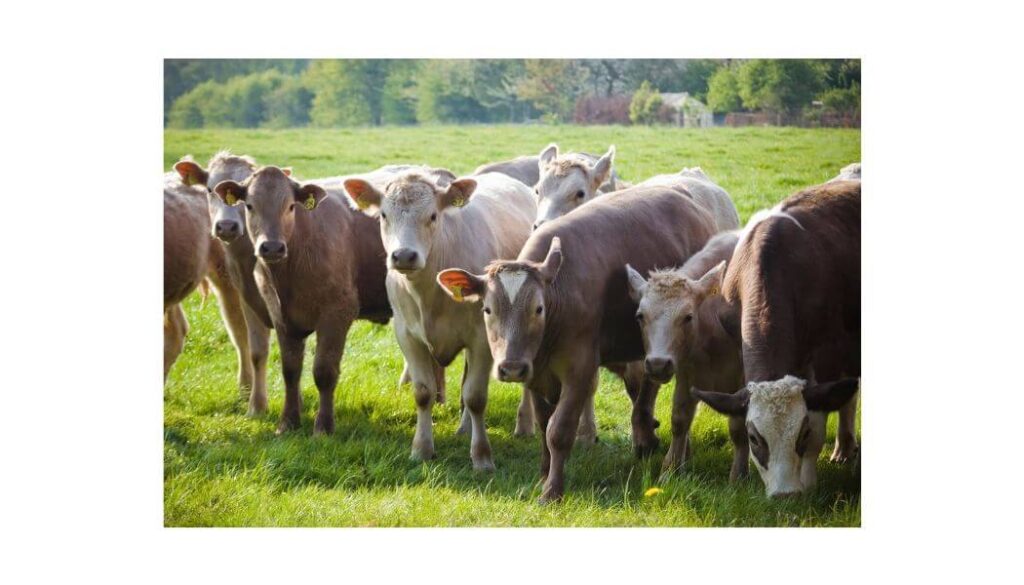
There are lots of things people just never think about, but they can make a huge difference in the safety of their livestock, as well as themselves and other people. To make sure your farm meets basic safety requirements—including the less obvious ones—we’ve created this list of some safety tips.
1. Make Your Farm Entrance Accessible and Easy to Find, Even in the Dark.
When timing is critical, poorly marked entrances can slow emergency responses considerably. Fire trucks and ambulances have difficulty turning around to go back to a missed entrance.
Some farms are in remote areas with no clear road names and poor GPS service; others are in “farm country” with many farms in proximity, which can make it tricky to identify the correct entrance. Owners should have their address numbers visible close to the road, where they can be seen from either direction from a vehicle traveling 40 miles per hour. Numbers should be at least 2 inches tall and made of reflective material that’s visible at night. They should not be blocked by bushes, flowers, decorative items, trash bins, or clutter.
Entrance gates should be easy for emergency personnel to open. Owners should share the code or be able to open or remove a gate quickly during an emergency. Passages should be wide and tall enough for vehicles to pass through easily. Make sure paths aren’t blocked with trucks or trailers and overhanging tree branches are kept trimmed.
2. Invest in Great Gates, Doors, and Latches.
Difficult-to-open or cumbersome gates and doors or even sticky latches are safety hazards. Stuck and dragging gates and doors create more wasted time during an emergency and put both livestock and humans at risk.
3. Use Secure Secondary Fencing Along Roadways.
Where roads and livestock farms meet, hazard risk is high. Unfortunately, too many people underestimate that risk, trusting their fence and gate to provide enough protection. Fences and gates can break, or trees fall on them and create passageways.
A secondary fence that lines the farm on the roadway side provides a safety barrier. While some farms do have secondary fences, many still have a hole – the driveway. A secondary fence needs a gate to close off the driveway. If it isn’t practical to always have a closed gate across the driveway, leave it open on the condition you can close it quickly, such as with a remote control, within seconds of an animal getting loose.
4. Fence Off Natural Water Sources During Freezes and Droughts.
Having natural water sources, such as lakes, ponds, and rivers, in your pastures offers livestock a constant water source. But at certain times of the year, these bodies of water can become treacherous.
When temperatures reach below freezing, deep waterways can become ice traps for animals trying to drink. They just don’t know any better, so they end up on that ice, and then they either drown or have to get rescued from that situation.
On the flip side, high temperatures and poor rainfall can lead to droughts that drop the surface height, leading to abundant, deep, sticky mud around the water’s edge. The next thing you know, animals are going out into mud that they’ve never had exposure to and get entrapped and need to be rescued.
In these extreme weather situations, offer your animals water on higher ground, and block off access to the natural water sources.

5. Take-Home Message
Taking precautions can lead to fewer preventable accidents and more efficient management